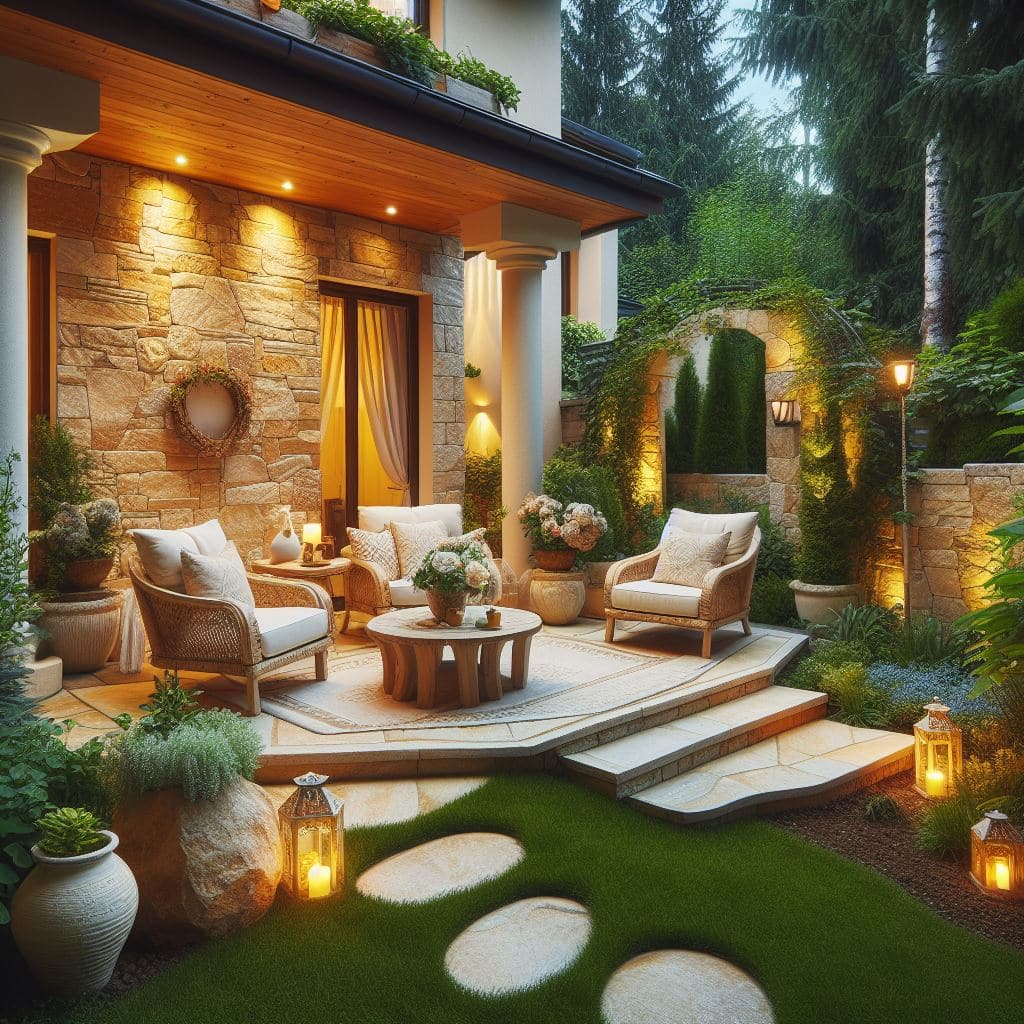Average Cost to Install Solar Panels in Tucson
Hey there, Tucson resident. Have you been thinking about going solar but are worried about the upfront costs? You’re not alone. Many people assume solar panels must be expensive, so they don’t even bother exploring the option. The truth is, solar power in Tucson can actually save you money in the long run thanks to federal tax incentives, utility rebates, and energy cost savings. This article will break down the real savings and Tucson solar panels cost, so you know exactly what to expect. Spoiler alert: the savings can be huge. So before you write off solar as too pricey, keep reading. You might just find that sun-powered energy is more affordable than you ever imagined.
Factors That Impact Solar Panel Pricing in Tucson
Installing solar panels in Tucson can save you thousands per year in utility costs, but the initial investment isn’t cheap. The average homeowner in Tucson pays between $15,000 to $30,000 to install a residential solar panel system. The exact cost depends on several factors:
•System size – The larger the system, the higher the cost. The average residential system in Tucson is between 3 to 8 kilowatts, which can power most or all of a home.
•Panel type – Higher efficiency panels, like monocrystalline panels, cost more than standard polycrystalline panels but take up less space and produce more energy.
•Additional components – Things like improved inverters, batteries for energy storage, and smart panels will increase the overall cost.
•Permitting and installation – Permitting, inspection, and professional installation can add $2,000-$5,000 to the total bill.
•Available rebates and incentives – Federal and state tax credits, rebates, and other solar incentives can reduce the overall cost by up to 50-70%. Take advantage of all offers available.
While the upfront cost of solar may seem steep, incentives and rising energy rates mean you can recoup your investment in under 10 years. And with a typical solar panel system lifespan of 25-30 years, you’ll enjoy decades of free, clean energy and huge savings. For most Tucson homeowners, going solar is a financial no-brainer.
Estimating Your Long-Term Savings With Solar Power in Tucson
The cost of going solar in Tucson can vary quite a bit depending on several factors. The main things that determine how much you’ll pay for solar panels in the Old Pueblo are:
System size
The larger the system, the higher the price tag. For most homes, a 3 to 8 kilowatt system is typical and can cost $15,000 to $30,000 installed after incentives. If you want to power your whole house with the sun, you’re looking at $20,000 to $40,000 or more for a 10 to 15 kW system.
Panel efficiency
More efficient panels, like monocrystalline panels, tend to cost a bit more but take up less space and produce more energy. Polycrystalline panels are a more affordable option for many homeowners.
Inverter type
String inverters are the most common and cost-effective choice, while microinverters and power optimizers are more expensive but provide panel-level monitoring and control.
Installation complexity
The layout and construction of your roof impacts the difficulty and time required for installation, which then impacts the total price. Simple, straightforward installations on an asphalt shingle roof will be on the lower end of the cost spectrum.
Permits and fees
Don’t forget the additional charges for permits, inspection fees, and utility interconnection. These extra fees typically add at least $1,000 to $3,000 to the total installed cost of your residential solar system.
When you consider all these factors, solar panels in Tucson can save you thousands per year in utility bills. And with the federal tax credit and other incentives, going solar is more affordable than ever. Start crunching the numbers to see how much you could save!









